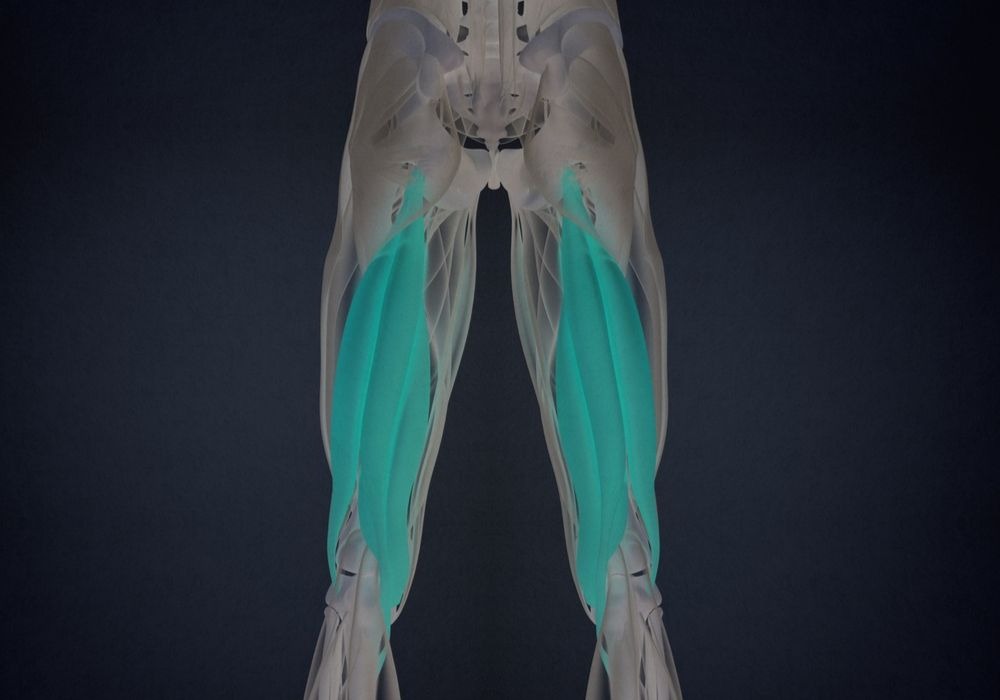The hamstring strain is an all too familiar friend to those in the strength and conditioning community. It is one of the most common injuries for athletes who play field sports like football and soccer. Even worse, once it occurs it has a significant chance of recurrence causing athletes to miss significant amounts of playing time. In comes eccentric hamstring strength, a key factor in both the likelihood and prevention of hamstring strains.
One of the risk factors for a hamstring strain is the inability to control your hamstrings as they lengthen. Injury to the hamstrings typically occur when an athlete is sprinting or cutting. Specifically during the terminal swing phase of the running cycle, when the hamstrings are lengthening to slow the lower leg and prepare the foot to strike the ground. This eccentric lengthening and deceleration of the limb is a far too common weak spot amongst athletes. The hamstrings must be conditioned to handle the forces associated with this phase of the running cycle.
Athletes should give increased focus to eccentrically strengthening the hamstrings with progressive load. Eccentric exercises have been shown to increase the strength of a muscle at longer lengths. Like we just talked about above, the highest occurrence of hamstring injuries take place during the eccentric lengthening action during the running cycle. Being able to repeatedly resist the forces created when sprinting is beneficial in avoiding injury to the muscle tissues.
There are plenty of great ways to increase eccentric strength of the hamstrings, one of my personal favorites is the nordic hamstring curl. This exercise is proven to eccentrically strengthen the hamstrings and mitigate the risk of hamstring strains.
To perform the nordic hamstring curl:
- Begin in an upright kneeling position with arms at your sides and a partner behind you holding down your ankles.
- Start the movement by slowly lowering the your torso to the ground. Using the hamstrings to control the decent.
- When you find yourself unable to support your weight or are getting close to the ground, catch yourself in a push up position.
- Push yourself back up into position to perform another repetition. Try to minimize the concentric contraction of the hamstrings on the way up.
For athletes, eccentric hamstring strength is extremely vital to preventing hamstring strains. Throw in exercises like the nordic hamstring curl into your routine to ensure you can continue to remain on the field.

